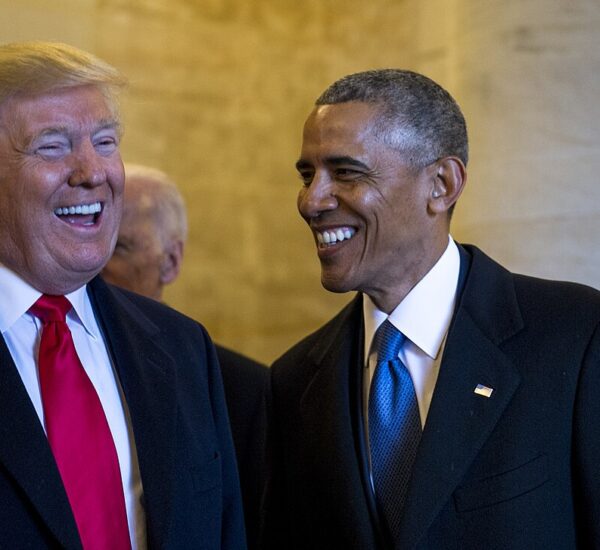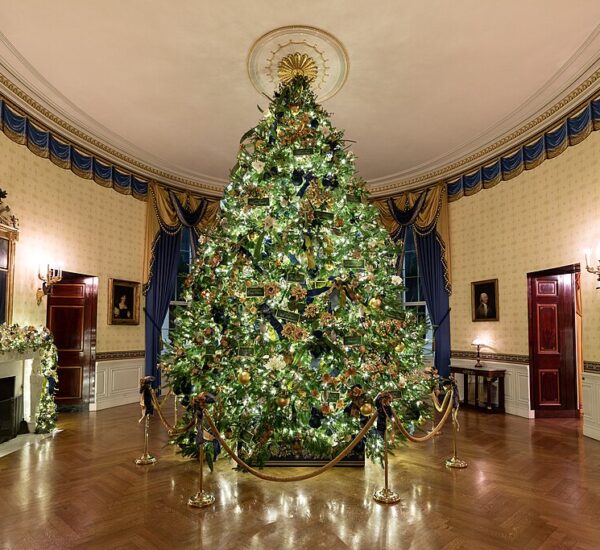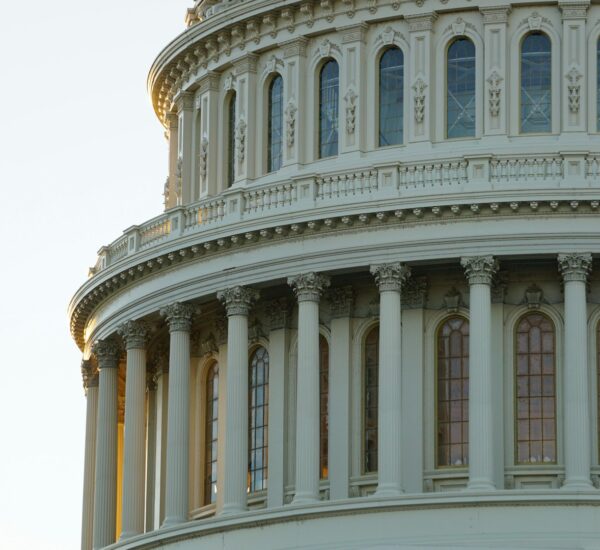Trump To Not Remove The Fed Chair
In a recent interview, President-elect Donald Trump stated that he does not intend to fire Jerome Powell as Chairman of the Federal Reserve once he takes office next year, offering a clear message to those speculating about changes at the top of the central bank.
“No, I don’t think so. I don’t see it,” Trump told NBC’s Kristen Welker on Meet the Press. When pressed further on whether he would consider removing Powell, Trump emphasized that while he could give orders, the Federal Reserve Chairman’s actions were not entirely under his control. “I think if I told him to, he would. But if I asked him to, he probably wouldn’t. But if I told him to, he would,” Trump clarified. Nonetheless, when asked directly if he planned to fire Powell, the President-elect replied, “No, I don’t.”
Powell, who has served as Chairman of the Federal Reserve since 2018, will remain in his post until 2026 unless the president removes him for cause—a power that is legally limited. Powell has previously stated that he would not resign if Trump asked him to, underscoring the independence of the Federal Reserve from political pressures. He also pointed out that under current law, the President does not have the authority to remove him or other members of the Fed’s board without significant cause.
Trump appointed Powell to his current position during his first term in 2017. However, throughout his presidency, Trump frequently criticized Powell and the Fed for not acting more aggressively on interest rates, often calling for lower rates to boost the economy. Trump even suggested that Powell, a lifelong Republican, might be politically motivated to cut rates ahead of the 2024 election to benefit the Democrats.
While the Federal Reserve is constitutionally independent, Trump has long argued that the president should have more influence over the Fed’s decisions, especially when it comes to interest rate policy. Despite Trump’s previous public criticisms, it seems that his approach toward Powell will be more measured in the coming administration, leaving the central bank’s leadership largely unchanged.






